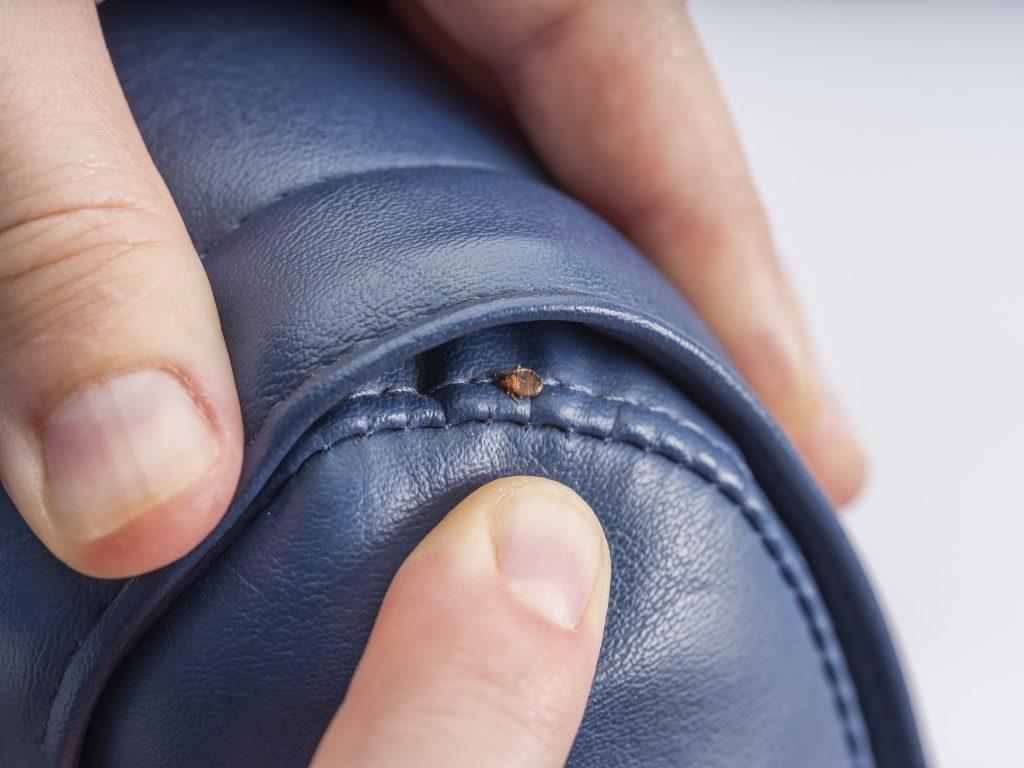Bed bugs are notorious hitchhikers, traveling from one place to another by latching onto luggage, clothing, and even upholstery. While most people associate them with hotels, homes, and offices, there’s growing concern that bed bugs can also thrive in unexpected places—like airplanes and ambulances. These high-traffic environments provide ample hiding spots for bed bugs and frequent opportunities for them to find new hosts.
With passengers constantly boarding flights and patients being transported in ambulances, the risk of bed bug infestations in these confined spaces is a real concern.
The challenge lies in bed bug detection, as these pests are masters of concealment. In this article, we’ll explore whether airplanes and ambulances can harbor bed bugs, how they get inside, and what methods can be used to prevent infestations.
1. How Bed Bugs Can Get Into Airplanes
Bed bugs don’t fly, but they’re excellent at traveling unnoticed. One of the most common ways they get onto airplanes is through passenger luggage. Travelers unknowingly pick up bed bugs from infested hotel rooms, taxis, or public seating areas and bring them aboard in their suitcases or carry-ons. Once inside an aircraft, bed bugs can crawl into seat crevices, overhead compartments, and carpeting, waiting for the next opportunity to find a human host.

According to Merlin Environmental, airplanes create the perfect environment for bed bugs to hide. With seats upholstered in fabric and frequent turnover of passengers, an unnoticed infestation can persist for months if not detected early. Since airlines operate on tight schedules, deep-cleaning aircraft interiors after every flight is nearly impossible. Without proper bed bug detection measures in place, these pests can continue to thrive undisturbed.
2. Are Passengers at Risk of Bed Bug Bites on Planes?
While not as common as hotel infestations, bed bug bites on airplanes have been reported by travelers worldwide. The confined nature of airplane seating means that if an infestation is present, passengers sitting nearby are at risk of getting bitten. Bed bugs typically emerge at night, but in a dark cabin environment, they can become active and feed on unsuspecting travelers.
For frequent flyers, the biggest risk isn’t necessarily getting bitten on the plane—it’s unknowingly bringing bed bugs home. If a passenger’s bag is placed near an infested seat or carpeted area, bed bugs can hitch a ride and infest their home later. This is why bed bug detection in airplanes is crucial to prevent the spread of these pests across international and domestic routes.
3. How Bed Bugs Can Infest Ambulances
Ambulances transport a wide variety of people every day, including those coming from homes, shelters, and hospitals—places where bed bug infestations can occur. If a patient’s clothing, bedding, or wheelchair is infested, bed bugs can easily transfer onto the ambulance’s fabric seats, stretchers, or medical equipment. Unlike hotels or homes, where bed bugs may have extended hiding times, an ambulance provides multiple new hosts within a short period.
Another concern is that paramedics and emergency personnel may unknowingly carry bed bugs home or to their station after transporting an infested patient. Without frequent bed bug detection in ambulances, these pests can spread quickly, leading to infestations in hospitals, fire stations, and even paramedics’ homes.
4. The Role of Bed Bug Sniffer Dogs in Airplane and Ambulance Inspections
One of the biggest challenges in detecting bed bugs in confined spaces like airplanes and ambulances is their ability to hide in tiny crevices. Since traditional inspections rely on visible signs like shed skins, eggs, or live bugs, infestations often go undetected until they become severe. This is where bed bug sniffer dogs provide a significant advantage.
These specially trained dogs can detect the presence of bed bugs with remarkable accuracy, even in areas that are difficult for human inspectors to reach. By incorporating bed bug sniffing dogs into routine inspections, airlines and ambulance services can identify infestations early and take immediate action before they spread to passengers, patients, or personnel.
5. Preventative Measures for Bed Bug Control in Airplanes and Ambulances
Since bed bugs are difficult to detect and eliminate once they establish themselves, prevention is key. Airlines and ambulance services must implement strict cleaning and inspection protocols to minimize the risk of infestations. Regular vacuuming of seats, carpets, and compartments can help remove any bed bugs that may have hitched a ride. Additionally, using bed bug-proof seat covers and heat treatments can be effective in killing hidden pests.
For airlines, immediate action should be taken when a report of bed bugs is made. Affected seats should be inspected and treated before the aircraft is used again. Similarly, ambulances must undergo deep-cleaning and bed bug detection checks, especially if they have transported patients from high-risk locations. Staff training on how to recognize and report signs of bed bugs is also essential in preventing widespread infestations.
Stay Vigilant: Bed Bug Prevention in High-Traffic Environments
Airplanes and ambulances, though not traditional bed bug habitats, can still harbor these persistent pests due to the constant movement of passengers and patients. Without routine bed bug detection, infestations can go unnoticed, leading to widespread problems in transit systems, hospitals, and homes.
By implementing proactive measures such as regular inspections, staff training, and the use of bed bug sniffer dogs, airlines and emergency services can ensure that bed bugs don’t become a frequent flyer or an unwelcome passenger in medical transport. Awareness and early detection are the best defenses against bed bugs in high-traffic environments, helping to keep travelers and patients safe from these elusive pests.









